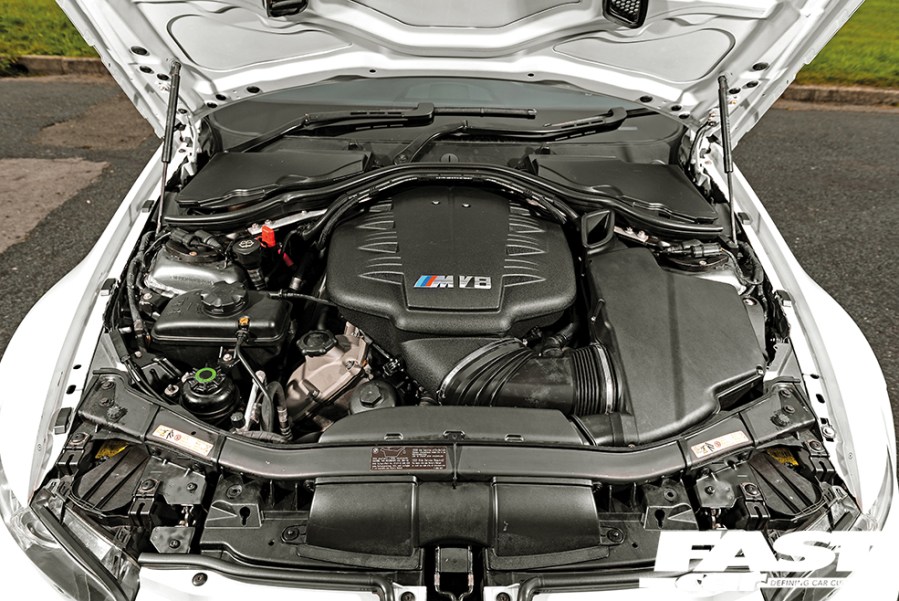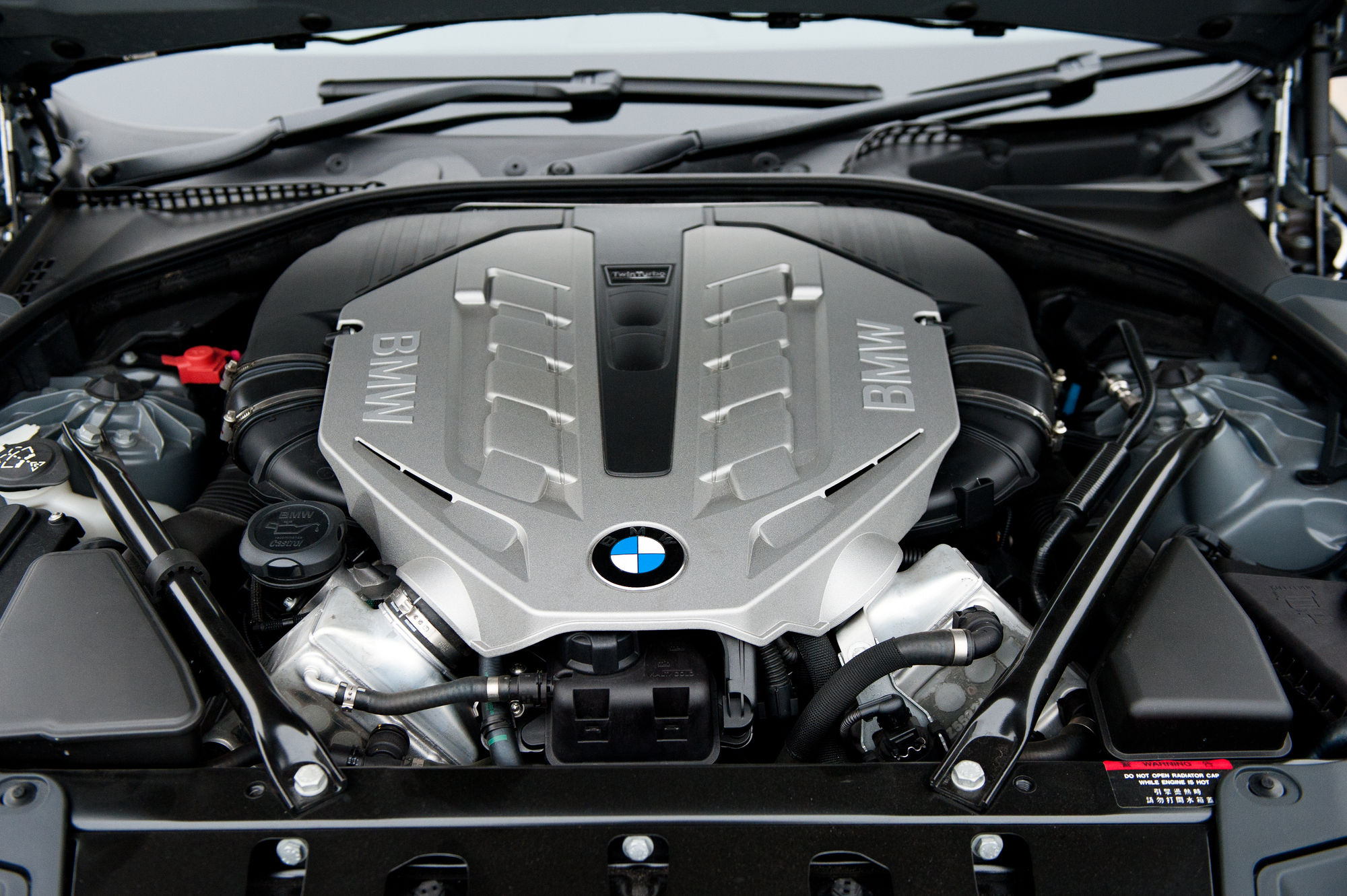Discovering the Advancement of Burning Engines in Modern Transport Equipments
As we navigate the landscape of modern transport, the advancement of combustion engines stands as a testimony to human ingenuity and engineering prowess. The interaction of background, innovation, and environmental problems in forming the trajectory of combustion engines develops a narrative that is both informative and compelling.
Very Early Beginnings of Combustion Engines
How did the concept of combustion engines first arise in the beginning of transportation advancement? The origins of combustion engines can be mapped back to the 17th century when the principles of inner combustion were initial explored. In 1673, Christian Huygens conceptualized a standard internal burning engine that used gunpowder to produce power. It had not been until the late 19th century that functional applications of burning engines in transport started to arise.
The innovation moment included the development of the first effective gasoline-powered engine by Karl Benz in 1885 - bmw engine. This engine led the way for the development of the contemporary car, revolutionizing transportation systems worldwide. Subsequent technologies by Nikolaus Otto and Gottlieb Daimler additionally improved combustion engine technology, causing the mass manufacturing of automobiles and the rapid expansion of the transportation market
These early combustion engines were characterized by their simpleness and performance, laying the structure for the facility and effective engines utilized in contemporary transportation systems. The evolution of burning engines has actually contributed fit the way we travel and transport items, noting a considerable turning point in the history of transport development.
Transition to Internal Burning Innovation
The transition to inner burning innovation marked a crucial shift in the evolution of transport systems. This shift started in the late 19th century, with developers like Nikolaus Otto and Gottlieb Daimler establishing the first effective interior combustion engines. These engines changed transportation by offering an extra effective and effective choice to heavy steam engines and electric motors.
Among the key benefits of internal burning engines was their capability to be reduced to fit right into lorries, resulting in the growth of cars and motorcycles. This change from bulky, fixed engines to compact, mobile ones paved the means for the contemporary transport systems we see today.
The transition to inner combustion innovation also spurred innovations in fuel modern technology, resulting in the growth of gas and diesel as key fuel sources for automobiles. This shift not only made transport more obtainable to the masses but additionally laid the structure for the oil and gas industry to end up being indispensable to global economic situations.
Impact of Combustion Engines on Transport
The adoption of combustion engines in transport systems militarized an extensive shift in the effectiveness and speed of worldwide movement. Burning engines changed transportation by giving a flexible and trusted source of power for different vehicles, including automobiles, ships, trucks, and planes. This technology considerably boosted the capability for items and individuals to conform fars away in much shorter period, leading to enhanced connectivity between regions and nations.
Additionally, the extensive use combustion engines has had a considerable impact on financial advancement. The capability to carry products efficiently has stimulated profession and commerce, enabling businesses to expand their markets and get to customers worldwide. This has actually helped with economic development and globalization, as items can now be carried quicker and in larger amounts than ever.
Nevertheless, the environmental effect of combustion engines can not be neglected. The burning of nonrenewable fuel sources has led to air contamination and greenhouse gas discharges, contributing to environment adjustment and positioning health and wellness risks to populations. bmw engine. Because of this, useful site there is a growing focus on establishing alternative propulsion modern technologies to alleviate these negative results and produce a more lasting future for transport
Developments in Burning Engine Style
Numerous innovations in combustion engine layout have thrust the development of transport systems over the decades. One noteworthy development is the advancement of turbocharged engines, which use exhaust gases to drive a wind turbine that presses incoming air, permitting even more fuel to be charred, leading to raised power result without a considerable increase in engine dimension. Additionally, direct shot technology has enhanced fuel performance and performance by exactly managing the amount and timing of gas injected right into the burning chamber. Variable valve timing systems have additionally reinvented engine layout by optimizing airflow at different engine rates, boosting both power and effectiveness. An additional significant innovation is the integration of lightweight materials such as carbon fiber and light weight aluminum alloys, reducing overall engine weight and boosting vehicle fuel economic situation. Advancements in computer-aided design have enabled engineers to optimize engine performance and performance through simulations before physical models are constructed, conserving time and sources in the growth procedure. These advancements jointly add to the constant enhancement of burning engines in modern transportation systems.
Future Patterns in Combustion Engine Growth
With innovation advancements driving continuous advancement, the future of burning engine development is positioned to change transportation systems internationally. One of the key patterns in burning engine development is the push in the direction of greater effectiveness and reduced exhausts.
Another famous fad is the adoption of hybrid innovations in burning engines. Crossbreed Look At This engines combine conventional burning technology with electric power, using boosted gas efficiency and lower emissions. As the automobile sector changes in the direction of electrification, hybrid combustion engines are viewed as a transitional service that connects the space between traditional automobiles and totally electric ones.
Additionally, the combination of clever modern technologies, such as artificial intelligence and data analytics, is expected to play a significant role in the future of combustion engine development. These technologies can optimize engine performance in real-time, leading to more efficient combustion processes and boosted total lorry efficiency. Welcoming these future fads will certainly not only drive development in combustion engine development yet likewise add to a much more eco pleasant and lasting transportation ecological community.

Verdict
In verdict, the development of combustion engines in modern transportation systems has actually been marked by significant innovations in modern technology and check that design. From the early starts of combustion engines to the transition to inner combustion technology, these engines have actually had an extensive effect on transportation.
The origins of combustion engines can be mapped back to the 17th century when the principles of interior combustion were initial checked out. These engines transformed transport by using a much more powerful and efficient alternative to heavy steam engines and electric motors.
